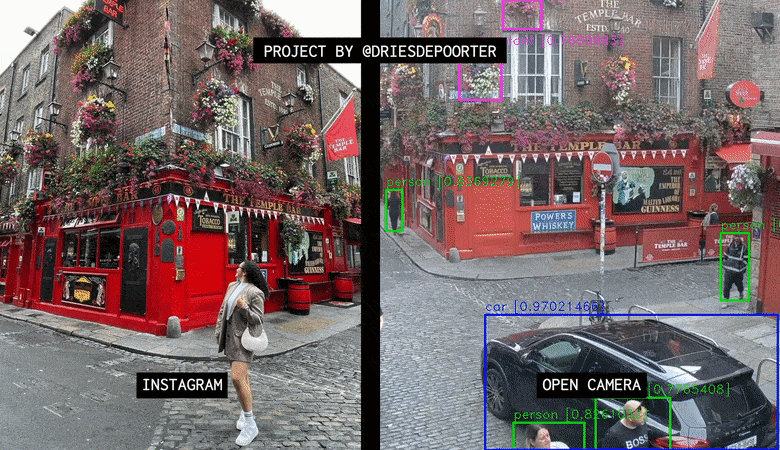GPT-3 (short for “Generative Pre-training Transformer 3”) is a state-of-the-art language generation model developed by OpenAI. It is designed to generate human-like text by predicting the next word in a sequence based on the words that come before it. I’ve been excited about the capabilities of ChatGPT and the ease at which one is able to generate human sounding responses to questions on obscure topics. I was also intrigued when I found out what it could do to explain how a specific section of code works.
Here is its quick response when I asked it to tell me about backmasking:
Backmasking is a recording technique in which a message is recorded backwards onto a track that is meant to be played forwards. This technique has been used by artists in various genres of music, from rock to hip hop, to add hidden meanings or subliminal messages to their music.
Some people believe that backmasking can have a powerful and even dangerous influence on listeners, particularly when it comes to subliminal messages that are meant to manipulate the listener’s thoughts or behavior.
However, the effectiveness of backmasking as a means of influencing the listener is a topic of much debate. Many scientists and experts have conducted research on the topic and have found that, while it is possible for subliminal messages to be processed by the brain, they do not have the power to significantly change someone’s thoughts or actions.
In addition, the use of backmasking as a means of subliminal messaging has been largely debunked by the scientific community. While it may be possible to hear a backwards message when a track is played in reverse, the brain is not able to comprehend and process the message in the same way it would a message that is played forwards.
Despite the lack of scientific evidence supporting the power of backmasking, the technique remains a controversial and interesting topic in the world of music and popular culture. Some people continue to believe in the power of backmasking, while others see it as a harmless and even humorous gimmick.
Regardless of where you stand on the issue, it is important to approach the topic of backmasking with an open mind and to be aware of the limitations and limitations of this recording technique.
While it’s still early days as far as GPT-3 taking my job as a teacher, I also checked out what it could write up for lesson plans for grade five health class and it was impressive. It does play fast and loose with the facts however — I was asking about world record information and it remixed some real world divers and their records.
I would warn users that just like the complacency that can overcome drivers in a “full self-driving car”, the facts gleaned from GPT-3’s responses should be considered with the same dose of skepticism one would apply to secret backward messages. Not everything you hear, read, or see, is as legitimate as it appears.



